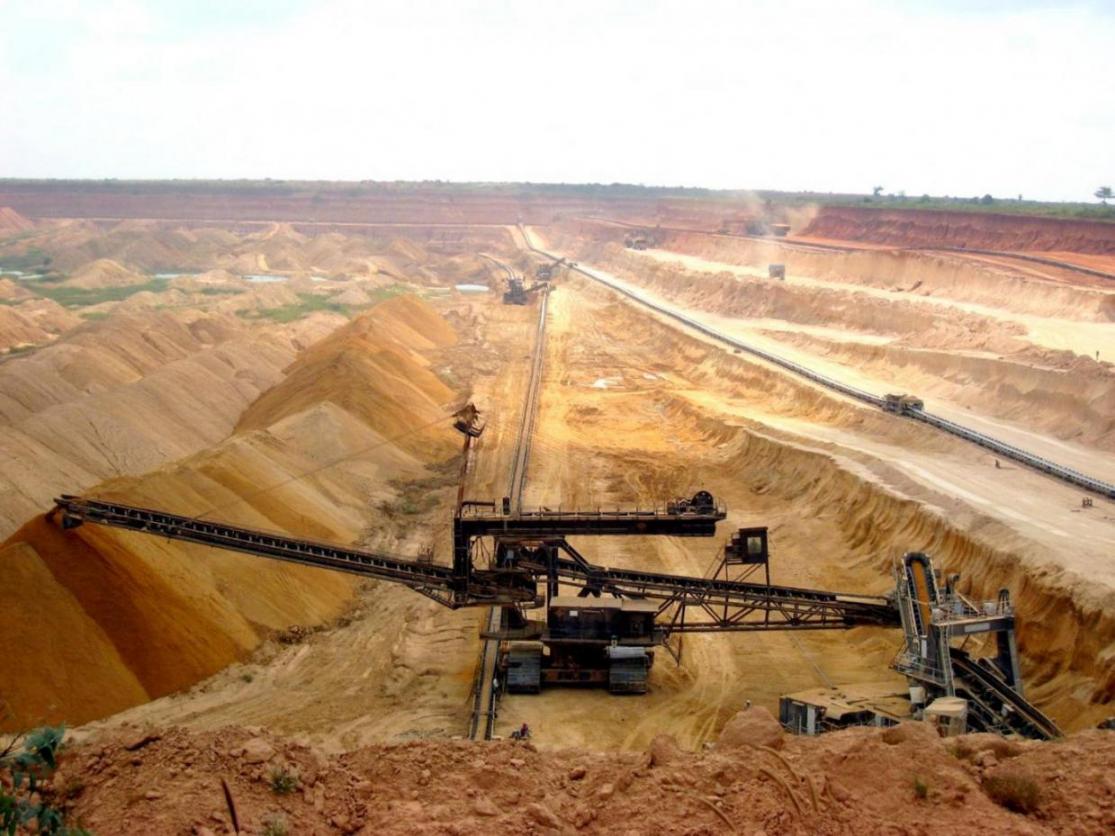The Mehdiabad zinc and lead mine in the central province of Yazd has resumed operations following a $1 billion investment by the Iranian company Karoun Dez Dasht (KDD), Mehr news agency reported.
The KDD's head of board of directors, Ferial Mostofi, says mining machinery has been shipped to Mehdiabad and the stripping operation has already started in the mine.
The mine is a world-class oxide, sulphide and mixed oxide/sulphide zinc, lead and silver deposit. It has more than 400 million metric tons of reserves, 70% of which is zinc and the rest are lead, silver and barite, said an official in Yazd Province. Operation at the mine started several years ago after a joint venture was formed between the Australian company Union Capital Limited and Iran mining and engineering company Itok. But after the two investors demanded that the government give up the ownership of the mine, the operation in Mehdiabad came to a halt, according to deputy governor of Yazd Province Mohammad-Reza Babaei.
According to provincial officials, during the past six decades, only 10 million tons of overburden (waste) has been stripped from the mine, while the Iranian company KDD was supposed to strip 180 million tons of overburden.
The mine is owned by Iranian Mines and Mining Industries Development and Renovation Organization (IMIDRO) and can produce 100,000 tons of concentrate per year.
The miner KDD, whose extraction license runs for 25 years, is to establish a processing unit at the mine within three years with an annual production capacity of 100,000 tons of zinc and lead ingots. The mine has potential to create 1,500 jobs.
Based on plans by the industry ministry, after the zinc deposits in Angooran mine in Zanjan Province run out, the Mehdiabad mine is supposed to be the main supplier of zinc and lead to domestic industries. Further explorations in the mine can lead to the discovery of more reserves, preparing grounds for the export of zinc and lead.
Officials in Yazd say all the environmental precautions have been taken into consideration in Mehdiabad. They claim that based on initial studies carried out to date, there seems to be no adverse environmental risks resulting from the development of the mine and the processing plant.
Presently, about 60 units are active in Iran’s zinc industry. As a country with the world’s largest zinc reserves, Iran has not been properly using the opportunity to become a leading zinc producer.
Zinc is the world’s fourth most commonly used metal after iron, aluminum, and copper with an annual global production of about 12 million tons. About 70% of the world’s zinc originates from mining, while the remaining 30% comes from recycling.


